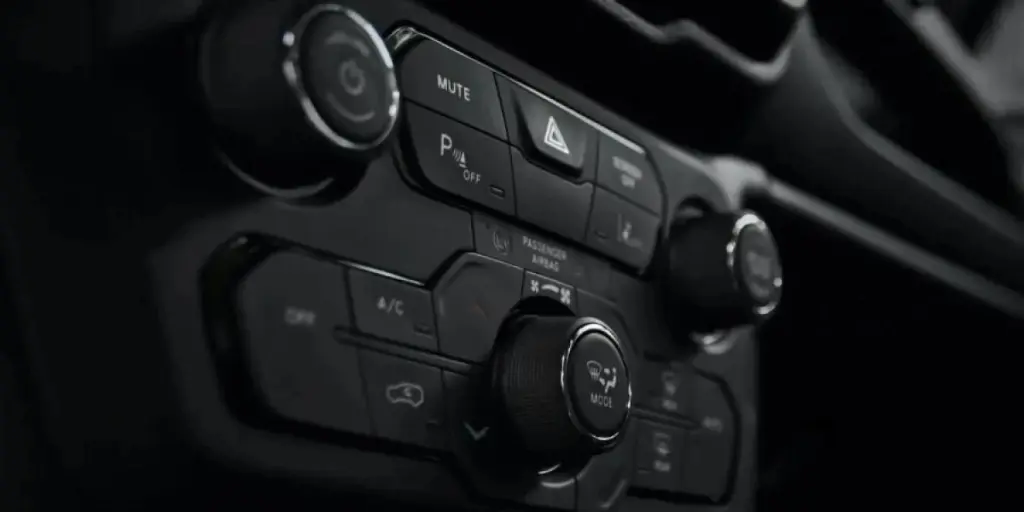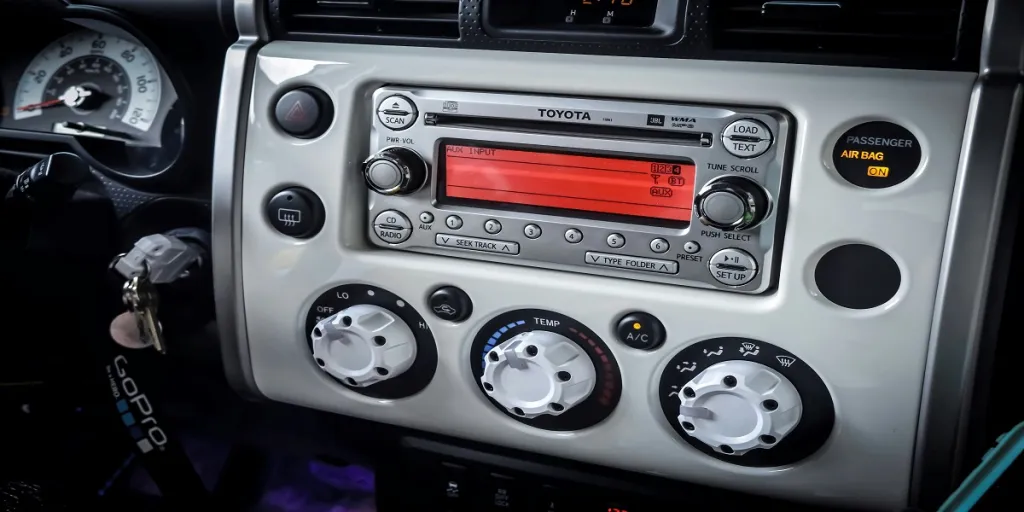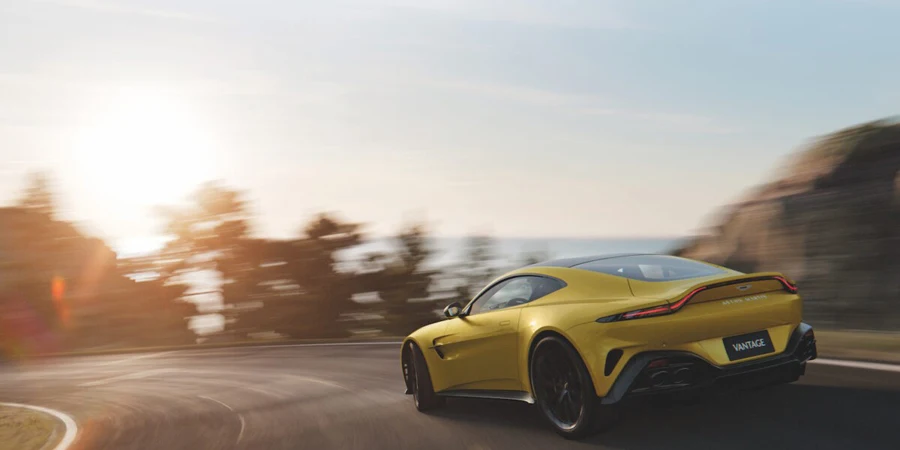Car light switches are key electrical components that control the lights drivers use for illumination, especially at night or during heavy rain storms.
Businesses selling or repairing vehicles can follow this guide to provide technical support or make appropriate repairs. This article covers the various types of car light switches, their locations in a vehicle, and their functions.
Table of Contents
The business potential of the automotive switch market
Where to find 7 light switches and how they work
Bottom line
The business potential of the automotive switch market
Size of the automotive switch market
The global market for automotive switches is expected to reach US $36 billion by 2031, expanding at a compound annual growth rate (CAGR) of 8.7% from 2021–2031. The demand for automotive switches used in passenger cars is probably the big market driver, which is expected to increase 1.4x during the forecast period.
Market drivers
Technological advancements will drive sales as consumers and manufacturers witness transitions from hardware to software-defined vehicles and the rising use of electronics in cars.
In addition, urbanization and industrialization are leading commercial vehicle manufacturers to adopt automotive switches for their customers’ safety and convenience. As a result, car producers are building more innovative communication technologies that have caused a demand surge for electronic systems.
For this reason, introducing a wide range of switches and sensors for electric vehicles is projected to drive market growth.
Categories
Passenger cars are the top beneficiaries of automotive switches due to the growing demand for passenger comfort and safety. It urges manufacturers to continuously innovate and create new designs using effective technology integration and workflow. As a result, automotive switches for passenger cars are expected to expand 1.4x to exceed the US $19 billion mark by the end of 2031.
Types
Based on the above report, interior control switches are projected to register a CAGR of 4.2% and exceed the US $21 billion mark by the end of the forecast period. At the same time, powertrain switches and access management switches will collectively hold one-third of the market share by 2031.
Regions
Europe will probably experience the highest growth due to its rapidly expanding automotive industry, which accounted for 21.9% of global automotive production in 2020.
Closely following is Asia, with an anticipated CAGR of 4.6% until 2031, fueled mainly by the Indian and China economies. According to a 2020 report by the International Energy Agency (IEA), China had the highest sales of electric cars in 2019, while the Indian automotive industry is projected to be valued at between US $251.4 and 282.8 billion by 2026.
Where to find 7 light switches and how they work
1. Headlight switches
Until car manufacturers made the first headlight switch, drivers had to manually walk up to their headlamps to turn them on and off. These switches come in three main types and may vary in location depending on the car model.
Pull-out headlight switches
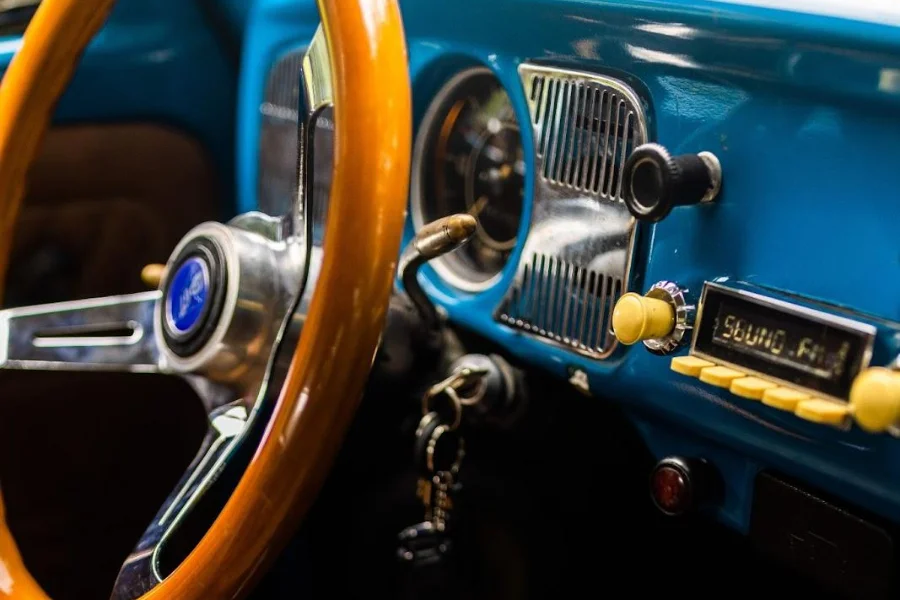
Pull-out switches resemble knobs on the vehicle’s dashboard or steering column. It is operated by pulling it outward to turn the headlights on and pushing it back in to turn them off.
Pull-out switches are less common in modern vehicles, as dash-mounted rotary or rocker switches have since replaced them.
Dash-mounted rotary headlight switches
In the 1960s, car companies like Mercedes made the switch from rudimentary pull-out knob switches to rotational knob switches known as rotary headlight switches.
These switches are typically located on the left side of the vehicle’s dashboard and consist of a rotating dial that is turned clockwise in different positions to control the headlight. Some common switch control positions are “off,” “parking lights,” “low beam,” and “high beam.”
Though these switches were a staple in the European car market during the 70s and 80s, they have become popular worldwide.
“Rocker” type headlight switches
Rocker switches are just like regular on-and-off switches used to control headlights and parking lights.
The switch is typically made of a rectangular or circular body with a toggle arm to flip up or down to activate the headlights. Some also come with little adjustable wheels to increase or dim the brightness of the headlight.
Rocker-type switches are standard in modern cars and are located on the steering column or left dashboard.
2. Interior light switches
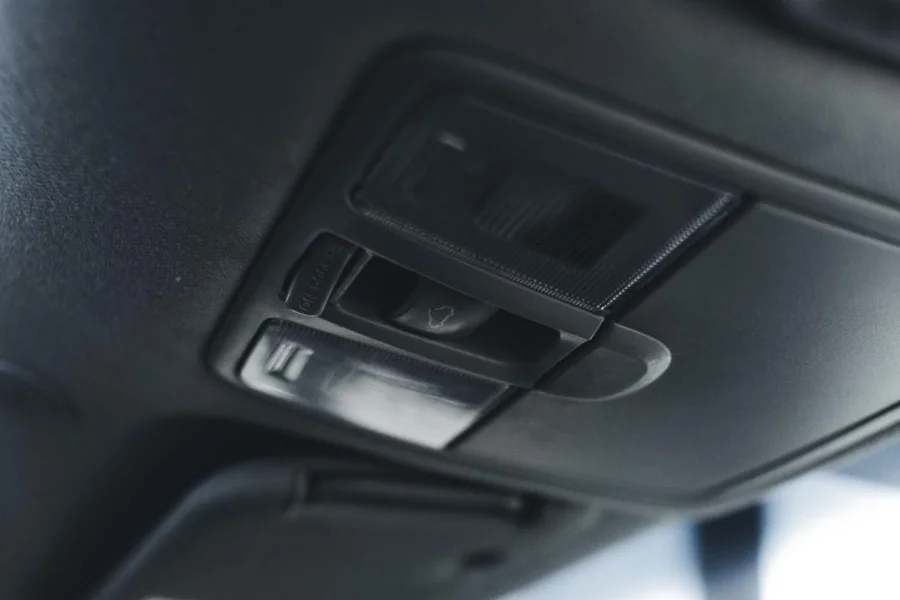
Interior light switches are found within the vehicle’s cabin and control the car’s interior lights, enabling passengers and drivers to see the car’s inside during darkness.
The switches are typically located in the car’s ceiling or overhead vehicle console and may vary based on the vehicle model. Also, some cars have integrated door latch mechanisms or delay controls connected to the switch, which turns on the light when opening the door or keeps the lights on for a short period after closing it.
3. Reverse light switches
Reverse light switches are simple on/off switches connected to a vehicle’s electrical system. They send a signal to a vehicle’s transmission, which turns on the reverse lights whenever the driver changes gear to reverse. Usually, car owners can find them under the vehicle.
These switches play an essential safety role by signaling to other drivers and pedestrians that a vehicle is backing up and in reverse. It helps to prevent accidents or collisions, especially at night.
4. Multi-function switches
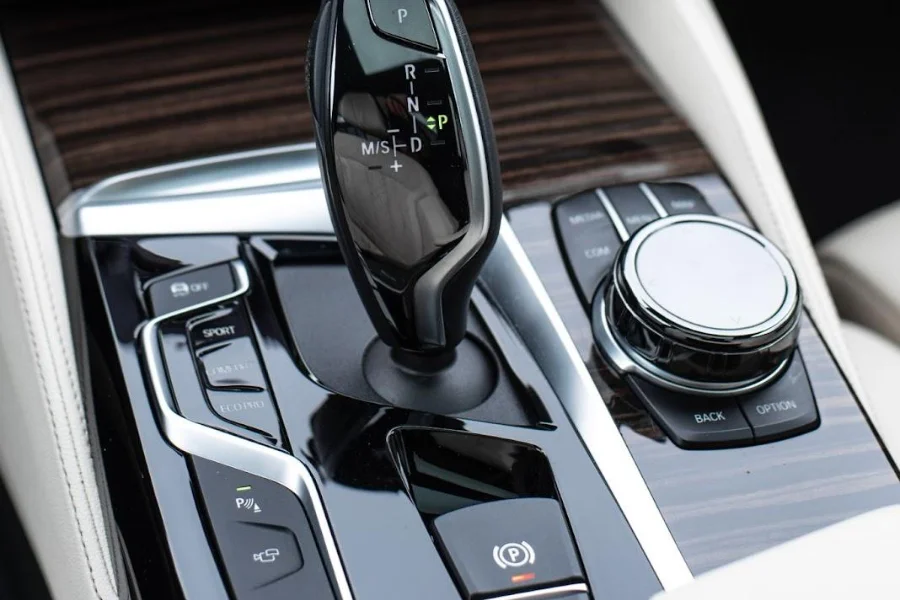
These are also called combination switches or stalks. Drivers can find it mainly on the vehicle’s steering column, allowing the driver to operate multiple systems without taking their hands off the steering wheel.
Several functions are built into stalks and vary based on the car model. Still, most multi-function switches typically control the headlights, turn signals, high beams, windshield wipers, and cruise controls.
5. Brake pedal switches
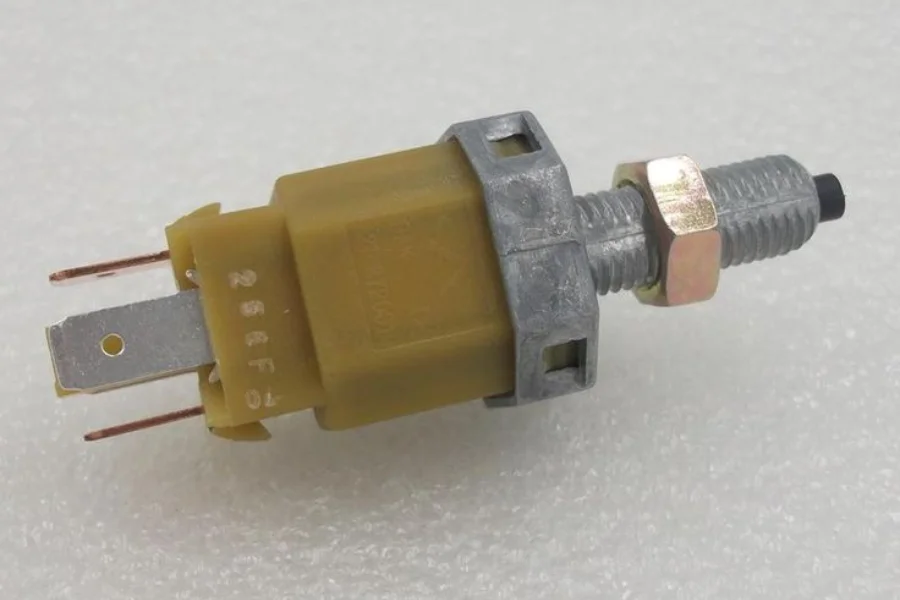
Brake pedal switches are key safety components installed near the brake pedal to alert other road occupants when a vehicle is slowing down or coming to a stop.
These establish electrical contact that turns on the brake lights once a brake pedal is depressed. Once the driver removes the force, it breaks the connection and turns off the light.
Additionally, drivers can use brake light switches to disable the cruise control system or automatic emergency braking. However, these switches are often adjustable and prone to wear and tear. Therefore, it is necessary to perform regular checkups.
6. Headlight dimmer switches
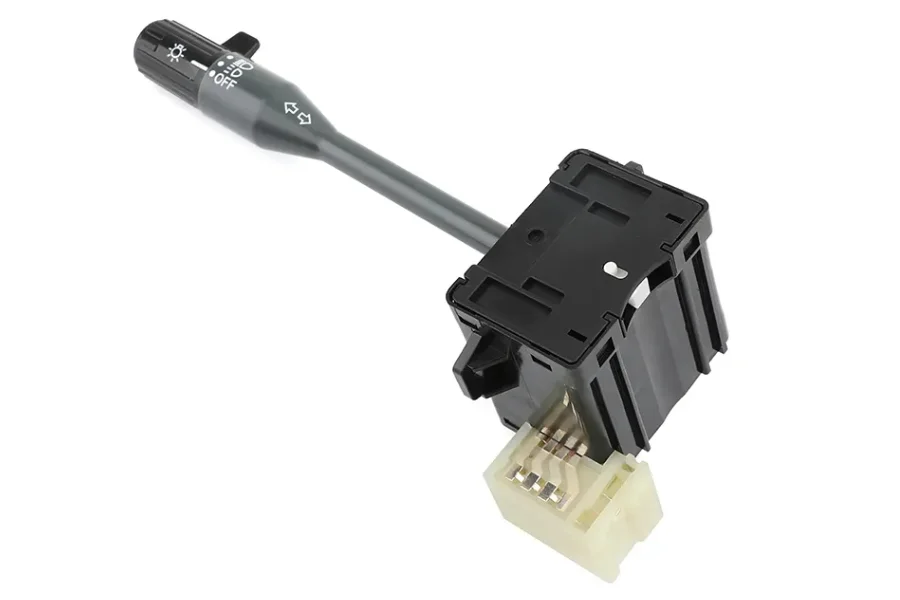
Headlight dimmer switches enable the driver to adjust the headlight intensity depending on driving conditions. Some mechanisms also allow drivers to adjust the angle of the headlights for greater road visibility.
They are usually located on the left side of the steering column and are controlled by a button or a lever.
Foot pedal dimmer switches

Foot pedal dimmer switches are on the vehicle’s floor, near the driver’s side footwell. These are commonly used in older cars; most modern cars replace them with newer variants. However, some commercial vehicles and modern trucks still use these switches.
An advantage of foot pedal dimmer switches is that they are easier to use. Yet, it may seem less intuitive for some drivers.
Dimming switchgear

Dimming switchgear combines sensors and control modules to adjust the brightness of interior or dashboard lights. Some recent car models also have adaptive lighting systems that change the intensity and direction of the headlights based on speed and weather conditions.
When a driver pulls the stalk backward, it triggers the dimming switch mounted at the back of the stick. Some vehicles have integrated it into the multi-function stalk itself.
7. Emergency flasher switches
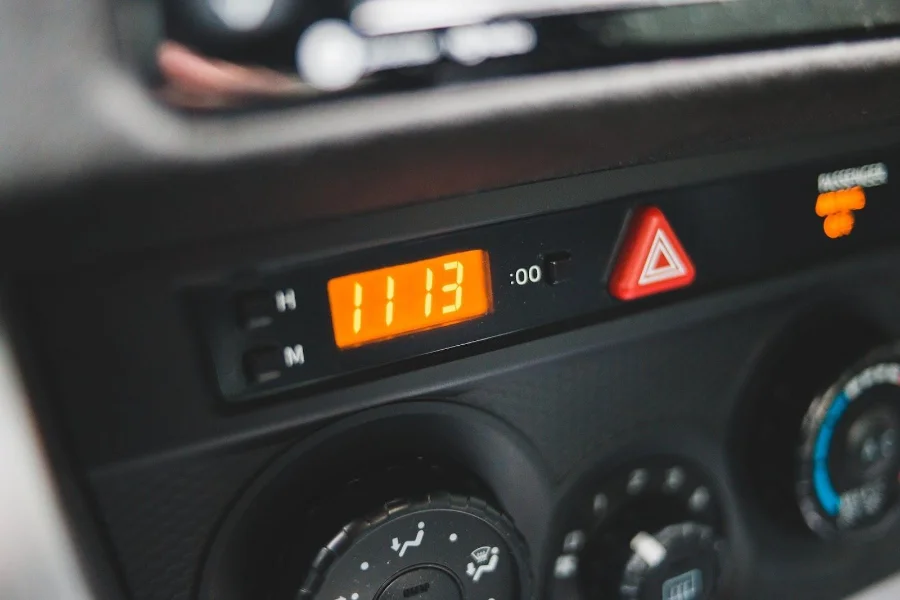
Emergency flasher switches activate all four turn signal lights simultaneously. They alert other drivers of an emergency like a car breakdown or accident. They are also known as hazard light switches.
These switches are usually on the vehicle’s dashboard, easily within the driver’s reach. Some vehicle models also have dedicated buttons or controls for the emergency lights.
Interestingly, emergency light switches signal drivers and pedestrians when driving in a convoy or other events such as a funeral procession.
Bottom line
Car light switches are critical electrical components in a vehicle’s lighting system. Having explored various car light switches, businesses in the automotive industry need to understand their different functions and locations.
This knowledge will enable them to properly maintain, troubleshoot and repair faulty vehicle lighting systems, building rapport/trust with their customers. With expertise, businesses can provide better services that ensure vehicle and consumer safety.
